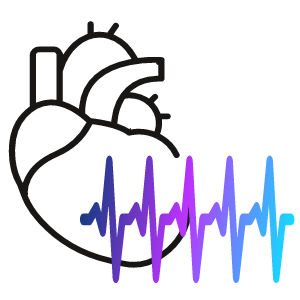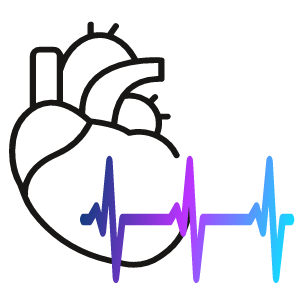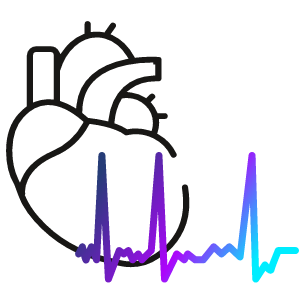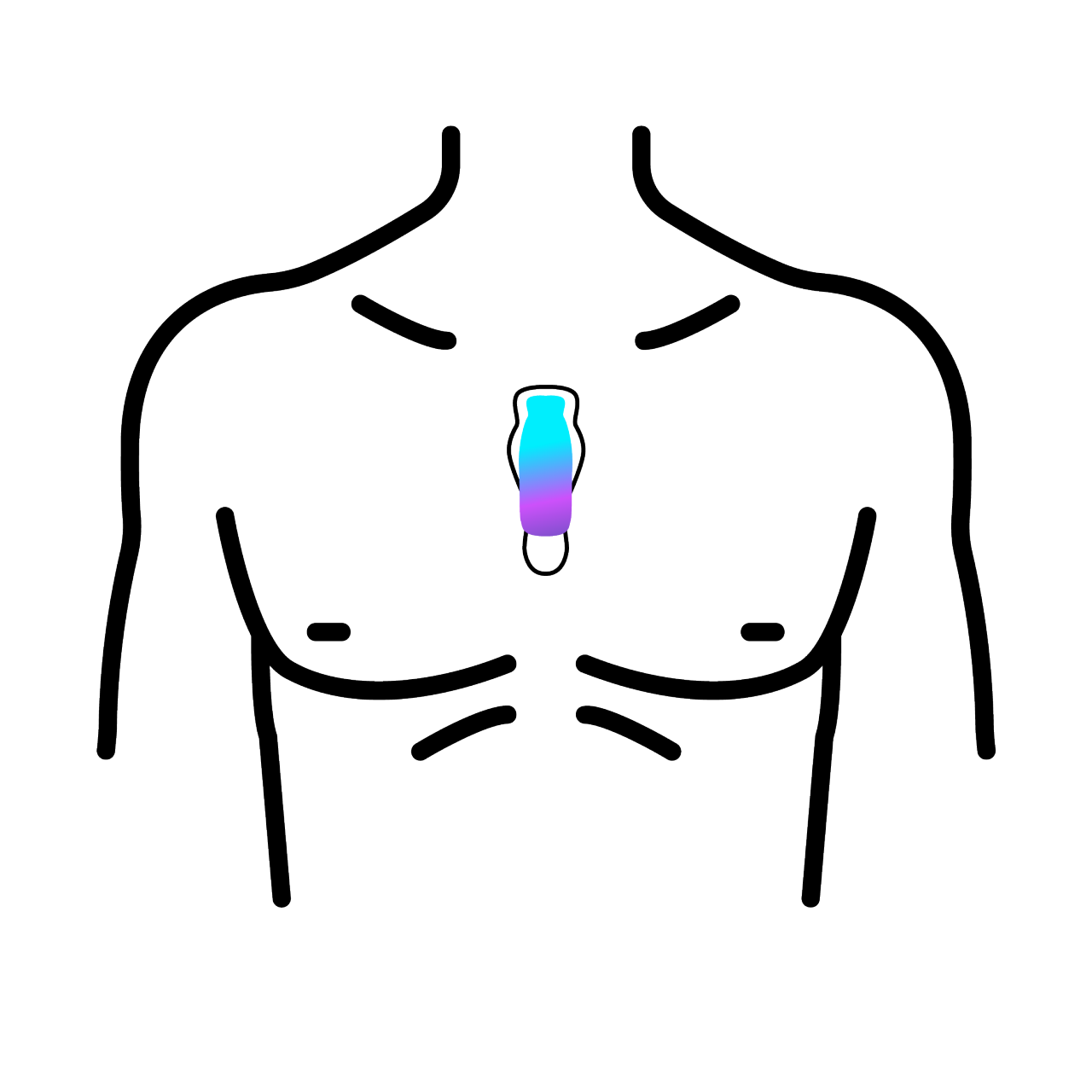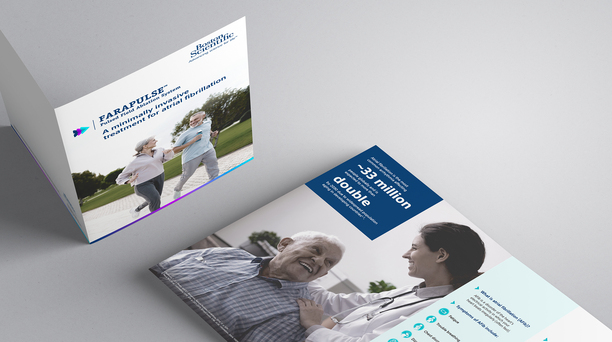What is atrial fibrillation (AF)?
The heart has an electrical system that controls the rate and rhythm of your heartbeat. In a healthy heart, the electrical signals produce a steady rhythm and the muscle contracts to pump blood from the top to the bottom of the heart and then around the body. But sometimes the signals become confused and disorganised, and the regular rhythm is disrupted. The medical term for this is arrhythmia.
Most arrhythmias fall into one of two main categories:
Atrial fibrillation (AF) is a type of tachycardia and is the most common type of arrhythmia.
Atrial fibrillation occurs when the electrical signals being sent from the sinoatrial (SA) node (the heart's natural pacemaker) to the right atrium and the left atrium get disrupted by random signals. This overload of signals causes these top two chambers to beat too quickly and lose their rhythm. They start to "quiver" rather than contract efficiently to pump blood to the ventricles at the bottom of your heart. The medical term for this electrical disturbance and weakened pumping ability is fibrillation.
What are the symptoms of atrial fibrillation?
Symptoms of atrial fibrillation vary from person to person but most commonly include:
The duration of symptoms also varies – from a few minutes to several days, or even weeks at a time.
How do patients describe the symptoms of atrial fibrillation?
Some people with atrial fibrillation do not experience any symptoms. In ‘silent’ cases like this, atrial fibrillation might be picked up in a standard health check, when investigating another health issue, or via a wearable device (such as a watch) that has health monitoring functionality.
Because of the potential risks – including an increased stroke risk – symptoms of atrial fibrillation should not be ignored.1
Once diagnosed, atrial fibrillation should not be left untreated even if you are not experiencing symptoms or if your symptoms are mild.

ECHOCARDIOGRAM
An ultrasound scan which creates a moving picture of your heart to rule out/identify any structural problems with the heart that might be causing your symptoms.
SCANNERS
Scanners (MRI/ Magnetic Resonance Imaging or CT/ Computed Tomography) might be used to generate more detailed images of your heart.

BLOOD TESTS
They will give more details on heart-related and other health conditions.
These tests will help your doctors understand if you have an arrhythmia, what type it is, what’s causing it and what treatments might be suitable for you.


